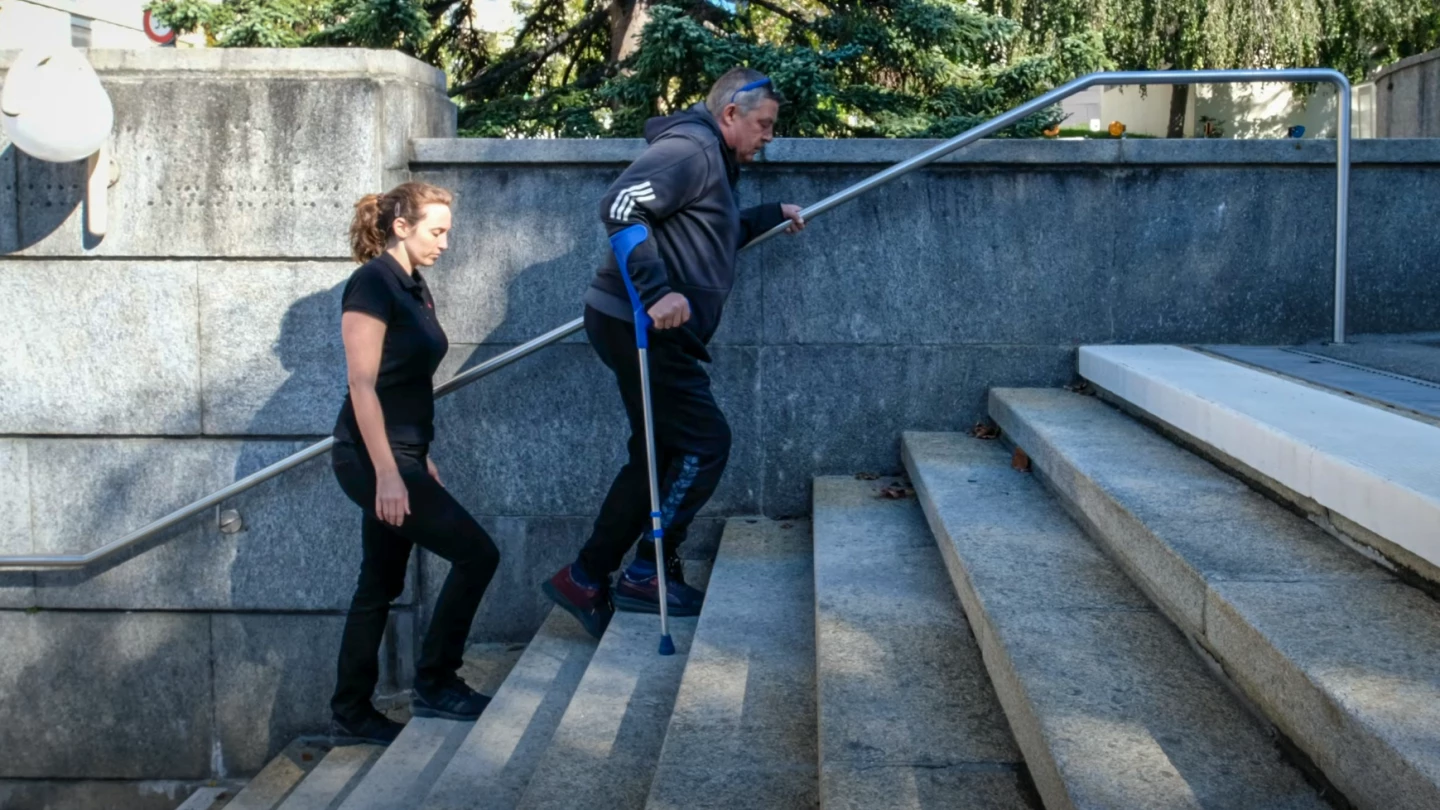Two patients with spinal injuries have seen improvements in their ability to walk again, thanks to deep brain stimulation (DBS). Intriguingly, the therapy targets a region of the brain that normally isn’t associated with motor skills.
DBS involves surgically implanting electrodes into specific regions of the brain, where they can be activated to stimulate specific neurons. This technique has proven useful in treating neurological conditions like depression, Parkinson’s, Alzheimer’s and anorexia.
Now, DBS has been used to help two people with partial paralysis regain mobility in their legs. Researchers at EPFL and Lausanne University Hospital surgically implanted electrodes into the lateral hypothalamus (LH) region of their brains, while the patients were fully awake.
“Once the electrode was in place and we performed the stimulation, the first patient immediately said, ‘I feel my legs’,” said Jocelyne Bloch, the neurosurgeon who performed the procedure. “When we increased the stimulation, she said, ‘I feel the urge to walk!’ This real-time feedback confirmed we had targeted the correct region, even if this region had never been associated with the control of the legs in humans. At this moment, I knew that we were witnessing an important discovery for the anatomical organization of brain functions.”
The second patient is Wolfgang Jäger, a 54-year-old man from Austria, who has used a wheelchair since a spinal cord injury in 2006. Since the surgery, he has relied on it less.
“Last year on vacation, it was no problem to walk a couple of steps down and back to the sea using the stimulation,” said Jäger. “I can also reach things in my cupboards in the kitchen.”
Patients showed immediate improvement to their mobility when the deep brain stimulation was switched on during rehabilitation. Patients could walk and even climb stairs with less aid than usual. Importantly, those improvements persisted even after the stimulation was switched off.

An intriguing aspect of the study is that the brain region they targeted wasn’t previously known to have any connection with motor skills. The lateral hypothalamus is more closely associated with feeding, energy intake and reward behavior.
But the researchers identified it as a point of interest while creating a whole-brain functional map, to see which neurons were transcriptionally active while relearning to walk after a spinal cord injury. Glutamatergic neurons buried deep in the LH emerged as strong and unexpected contenders.
Studies in mice and rats with partial spinal cord injuries showed that stimulating these neurons improved the animals’ ability to walk, paving the way for the current trials in humans.
While no negative side effects were reported, the team says that further trials will need to be conducted to ensure the safety and efficacy of the technique. If these promising signs pay off though, we could have a new tool to boost mobility during rehab.
The research was published in the journal Nature Medicine. The team describes the work in the video below.
Source: EPFL





